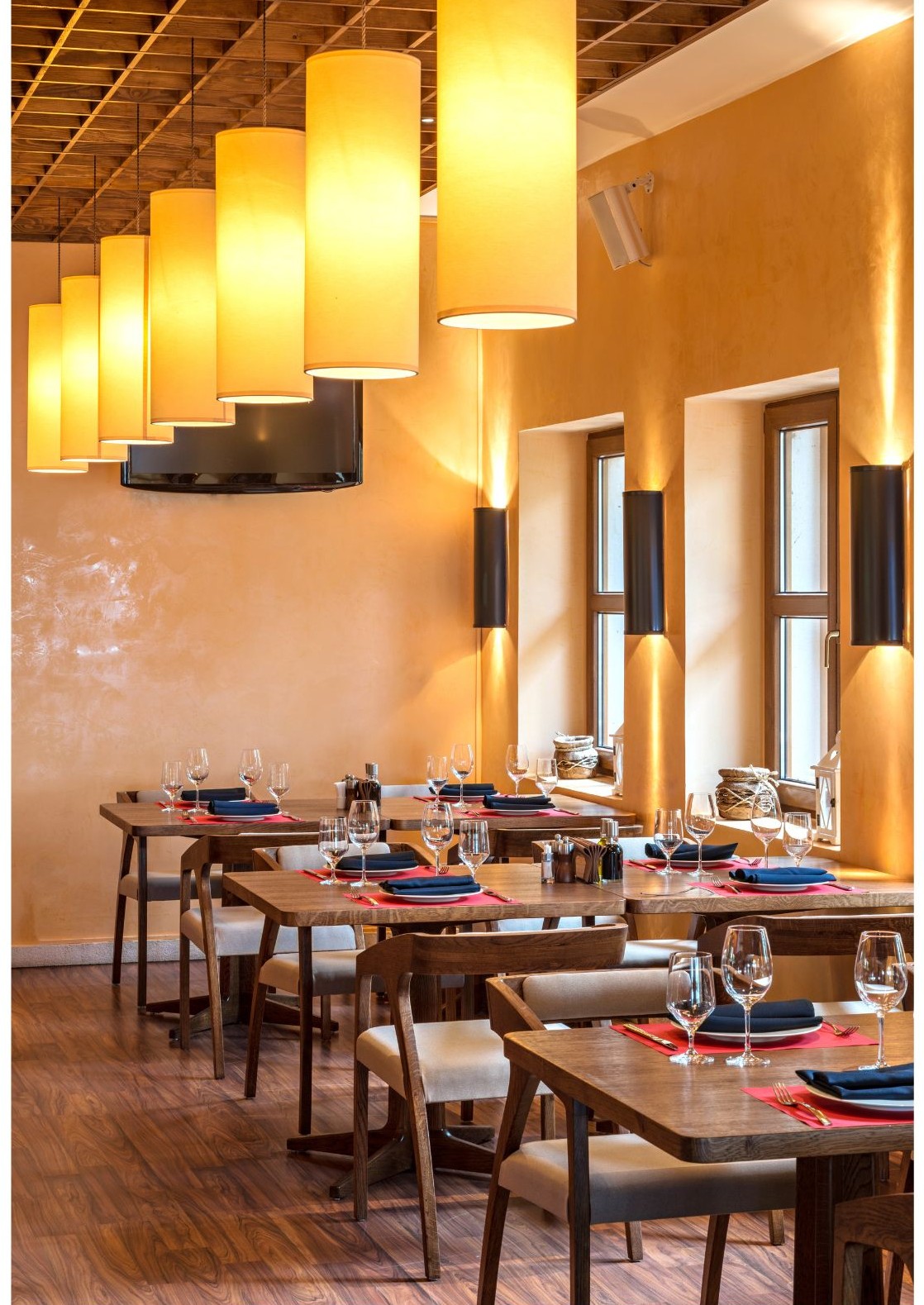By Tom Connelly
A few years ago, when you sat down at a restaurant, a friendly waiter would hand you a menu of something you could hold, read, and share with others at the table. Today, many restaurants ask you to scan a QR code instead. With a quick click on your phone, the menu pops up on your screen.
It may sound easy and modern, but not everyone is happy about it. Some love the change. Others feel like it takes away from the fun of going out to eat. So, are QR codes making dining better or worse?
Why Restaurants Use QR Codes
QR codes became popular during the COVID-19 pandemic. They helped restaurants stay safe by avoiding shared menus that many people touched. But even now, many restaurants still use them.
Why? Because they’re cheap and easy. Restaurants don’t have to print menus or worry about updating them. If something runs out in the kitchen, they can remove it from the online menu in seconds. If they want to change prices or add a new dish, it’s just a few clicks.
Some digital menus also show pictures, give information about ingredients, or even let customers place their orders and pay. This saves time for both the kitchen and the servers.
Also, for people who use phones often, it can feel quick and familiar. One scan, and the menu is right there.
Why Many Diners Feel Frustrated
Even with all the benefits, many people don’t like using QR code menus.
First, not everyone has a smartphone or wants to use one while eating. Older adults, people with vision problems, or those who aren’t comfortable with technology may struggle. They might feel left out or embarrassed asking for help.
Second, looking at a phone during a meal can feel cold. Dining is about enjoying food and talking with others. When everyone is staring at their screens, it’s easy to forget that you’re sharing a moment together. It’s not just a meal, it’s an experience.
Also, QR code menus can feel like extra work. Instead of asking the server about the menu or the day’s specials, customers have to figure it all out on their own. Some online menus are hard to read or confusing. That can be stressful, especially if you’re hungry and just want to order something tasty and fast.
What We’re Missing Without Paper Menus
A printed menu adds to the dining experience. It gives you something to touch and look through. You can pass it to a friend, point to your favorite dish, or ask the waiter about it.
Many people also feel more relaxed when they can hold a real menu. It’s easier to flip back and forth between sections and take your time choosing. A well-made menu can show off the restaurant’s style and personality in a way a phone screen just can’t.
Some diners say they feel rushed with QR menus. There’s no server guiding you, no small talk, and no special feeling. It can start to feel like you’re eating at a machine instead of being served by people who care.
Can There Be a Balance?
The problem isn’t technology itself, it’s how we use it.
Some restaurants are finding smart ways to blend both worlds. They offer printed menus but also place QR codes on the table for those who prefer them. Some use QR codes only for paying or checking drink specials, keeping the full food menu on paper.
Other restaurants are working on better digital menus that feel more welcoming, with photos, fun designs, and even stories about the dishes. The key is to give customers a choice and make sure everyone feels comfortable.
What Diners Really Want
At the end of the day, going out to eat is about more than just the food. It’s about how the experience makes you feel. A great meal should be warm, welcoming, and shared.
Some people like the speed of QR codes. Others miss the charm of a real menu. The best restaurants try to offer both and let customers decide what works for them.
Because when you sit at a table, you want more than a meal. You want connection, comfort, and care. And sometimes, that starts with something as simple as being handed a menu with a smile.







